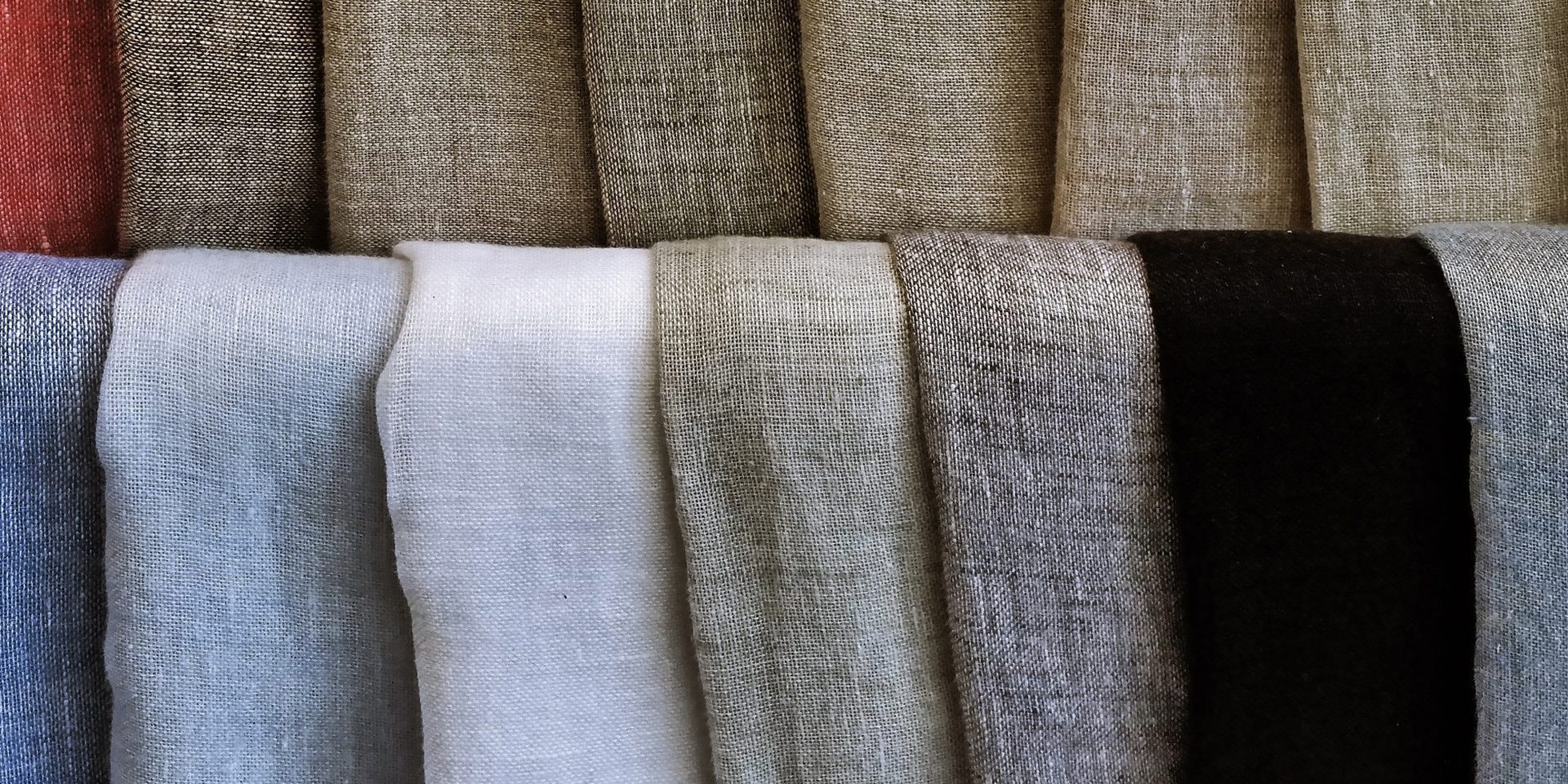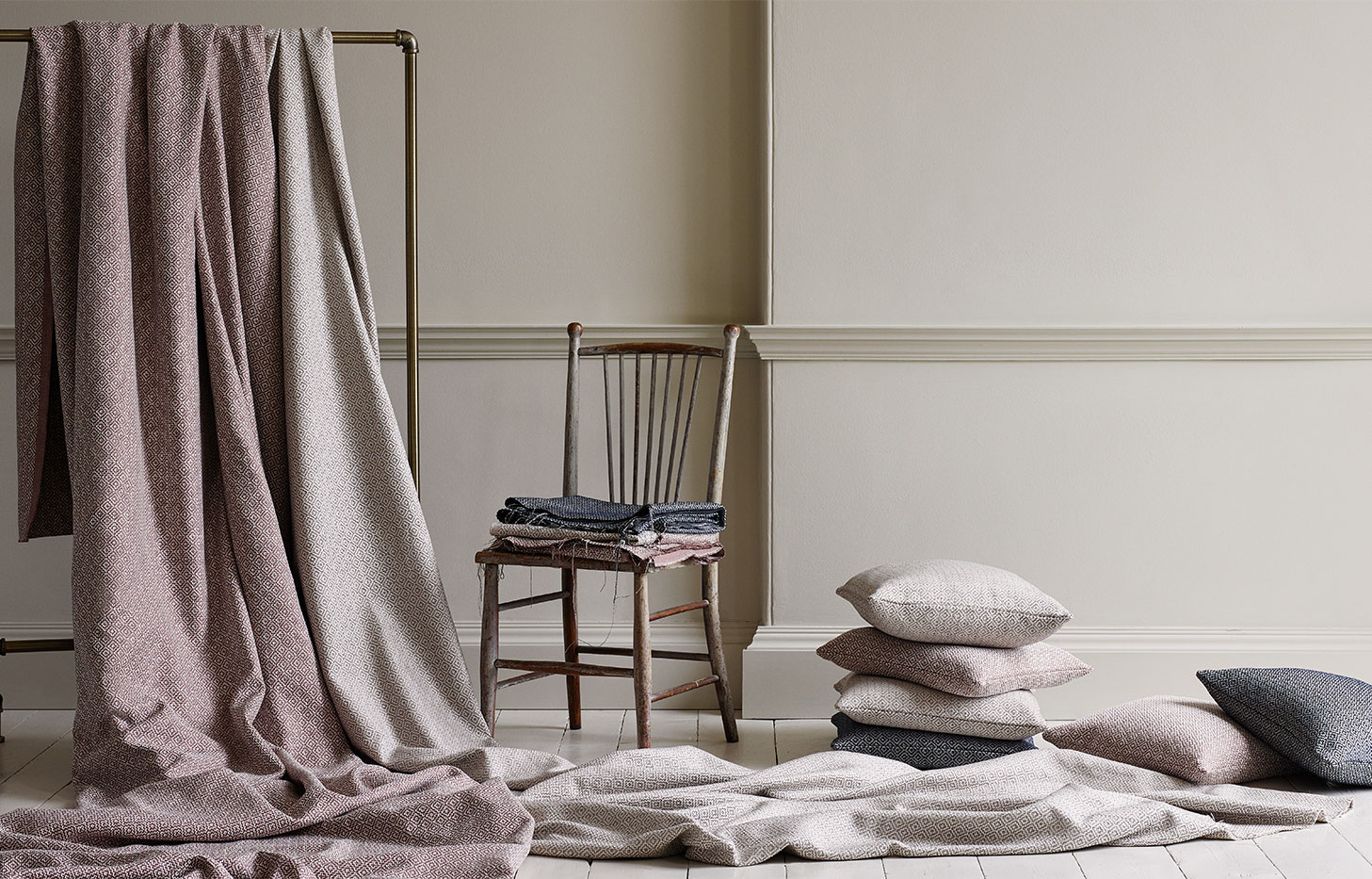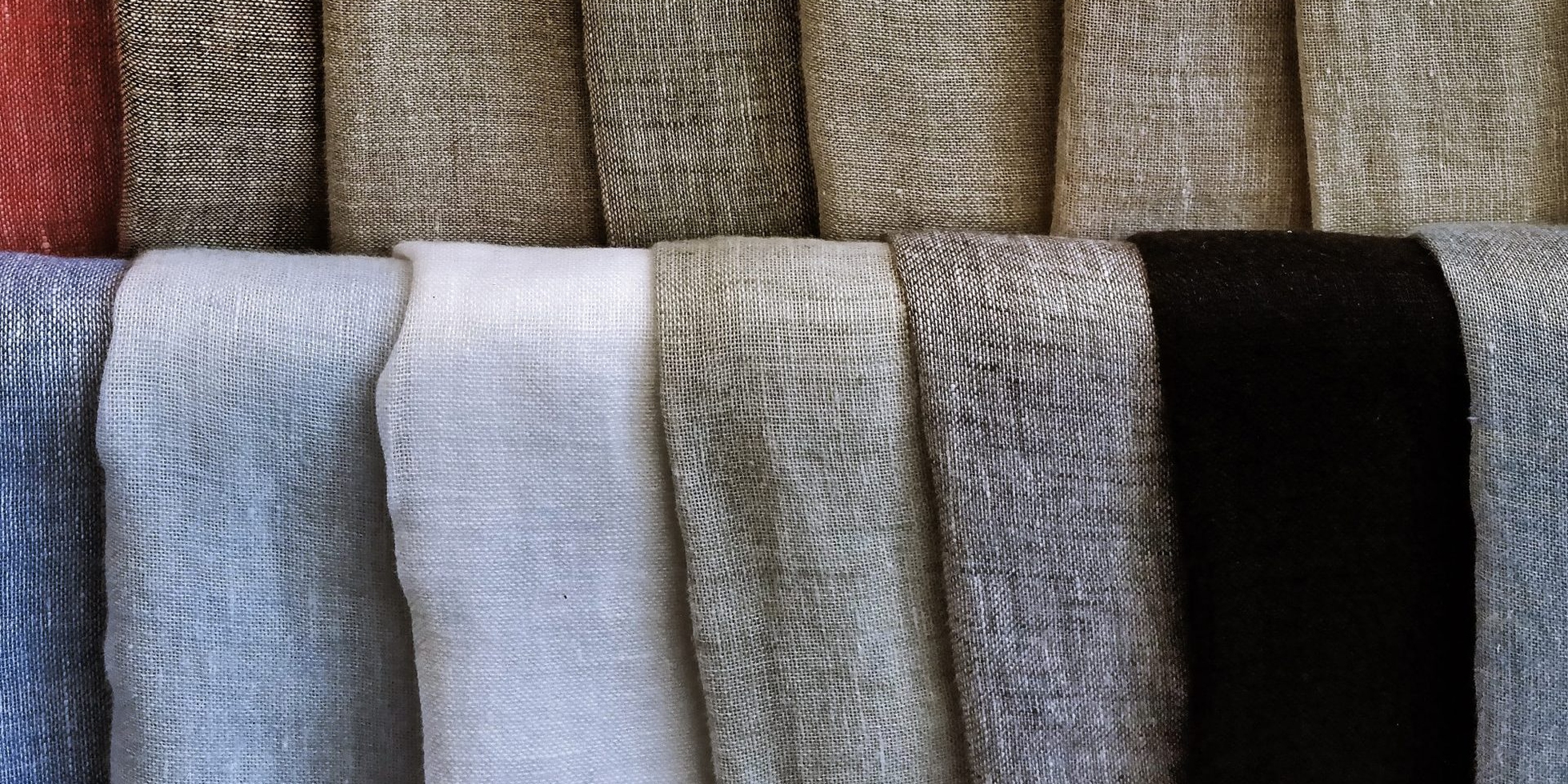
Linen Fabric is a natural fibre textile made from the flax plant’s stems, making it distinct from cotton, which is derived from the bolls surrounding cotton seeds. Because it is long-lasting and breathable, linen is usually preferred for homeware products. Linen is especially good in hot and humid environments since it dries faster and absorbs water quickly, hence stopping heat accumulation; this is not so with cotton. This makes it perfect for warm surroundings and summer clothes. T & A linen textiles provides an assortment of linen items that combine beauty with practicality, therefore guaranteeing comfort during the warmest times. While its eco-friendly features make it a sustainable choice for mindful consumers, linen gets softer with each wash, therefore increasing its comfort level over time.
Natural & Sustainable
Flax fibres yield a natural material called linen. Due to their nutrient-rich seeds, also known as flaxseeds or linseeds, you could already know flax. Flax is one of the most sustainable plants in the textile business, but flaxseeds also serve as an excellent vegan egg alternative. Unlike many other crops, flax needs neither water, fertilisers, nor chemical pesticides. Therefore, linen is an environmentally friendly option. It also doesn’t pollute water sources, which is a major environmental advantage. Moreover, growing flax is a zero-waste procedure. Textiles, paper, fuel, varnishing, animal feed, and even biomaterials are produced from every part of the plant. Selecting linen means selecting a material that is both eco-friendly and natural.
Fully Degeradeable
Since linen is fully biodegradable and 100 per cent natural, it is an environmentally friendly option. Pure linen fabric spontaneously decomposes if put under correct biological circumstances, hence returning to the earth free of any evidence. This is in line with the idea of a circular economy, which is one in which materials are recycled or let back into nature without impact. A little side note, though: hang on if you are considering burying your linen cushion cover in the garden! Decaying requires proper research to establish ideal conditions.
Tough and Longlasting
One of the toughest natural fibres on earth is linen. It is very strong, 30% thicker than cotton. This durability guarantees linen goods last for many years. Hence, they are excellent long-term home decoration investments. Since home textiles such as cushions, bedding, and curtains get daily use, they ought to be long-lasting. The inherent resilience of linen implies that your things will last many years without becoming worn out.
Antibacterial and Hypoallergenic
For people with asthma, allergies, or sensitive skin, linen is an excellent pick. This means it is hypoallergenic, as it does not entrap allergens, including pollen, pet dander, and house dust mites. Linens have a closely woven composition, unlike many other textiles, that drives off these substances and,d therefore, assists in the generation of a healthier interior environment. Moreover, linen is antibacterial, so fewer bacteria and mould grow.
Mother Resistant
Whereas wool, silk, and cashmere are all-natural moth-resistant, linen is. Since moths prefer natural fibres, they usually disregard linen altogether and instead leave it alone. Your preferred linen bedding, pillows, and curtains will, therefore, remain damage-free, thus sparing you the letdown of found textile damage over time.
Absorbent, Breathable, And Heatconductive
Ideal for house textiles, linen dries fast and soaks up water very well. Its breathability lets the fabric breathe and retain comfort. Ideal for hot environments, linen helps to control temperature and keep overheating at bay thanks to its heat conductive features. Lin will resist damage better than other materials, even when exposed to sunlight. This makes it a perfect option for home decoration in sunlit regions, thus lengthening the lifespan of your textiles. Linens help your house smell clean and warm, whether it is bedding, curtains, or cushion covers.

Gets Softer Over Time
Linen gets better with time, so it’s one of the top features of it. Although fresh linen might seem fairly stiff, it softs quite lovely upon every wash. While synthetic materials degrade with time, linen becomes even more warm and elegant the more you wear it. This indicates your curtains, decorative pillows, and linen bedding will improve only with time.
Easy to Care
Though many people think otherwise, linen is extremely simple to wash. Machinewashed on a gentle cycle at 3040°C, the item will not lose its form or stretch out. You may skip the ironing if you appreciate linen’s natural, somewhat wrinkled appearance.
Conclusion
More than a mere fabric, linen is a traditional, renewable, and sensible option for household textiles. Linen boasts many advantages, from its durability and breathability to its ecofriendliness and hypoallergenic nature that improve both style and comfort. Choosing linen means accepting long-lasting beauty, quality, and sustainability in your daily life.
Visit timebusinessnews for more informative blogs.
TIME BUSINESS NEWS









